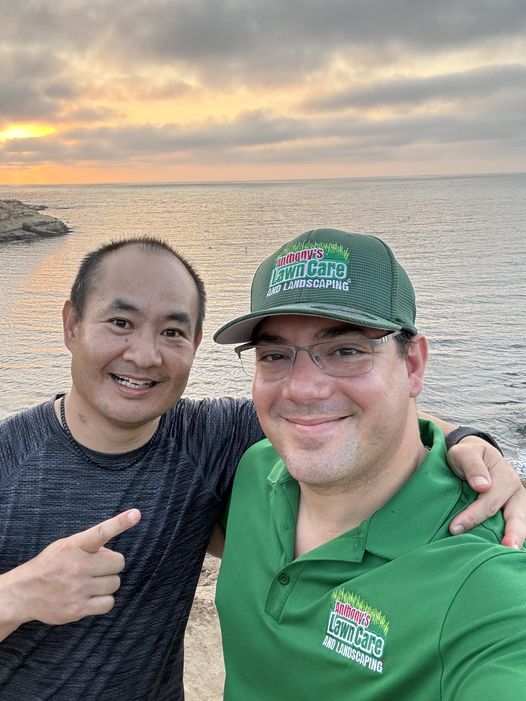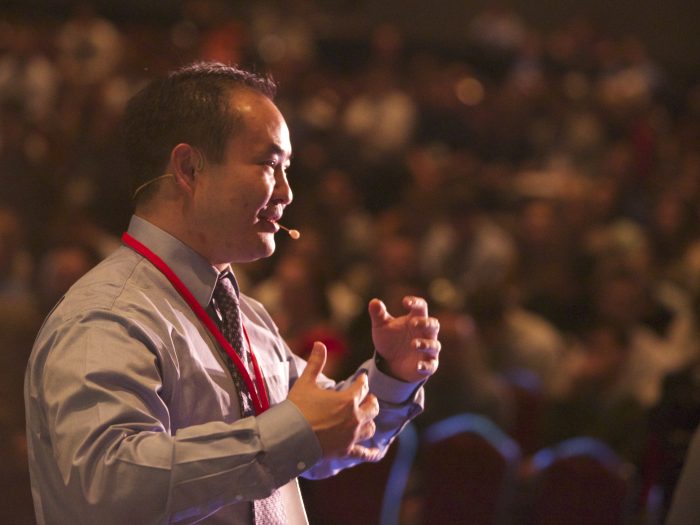Anthony Hilb: How His Tree Service Clients Do His Marketing for Him
Did you know Anthony Hilb grew his lawn care and landscaping company in Bloomington, Indiana, by $1.2 million in just the last 18 months? That’s right. He didn’t rely on flashy ads or constant mailers to achieve this growth. Instead, Anthony’s secret to success has been the high-quality service his team delivers, turning every client […]
Anthony Hilb: How His Tree Service Clients Do His Marketing for Him Read More »

